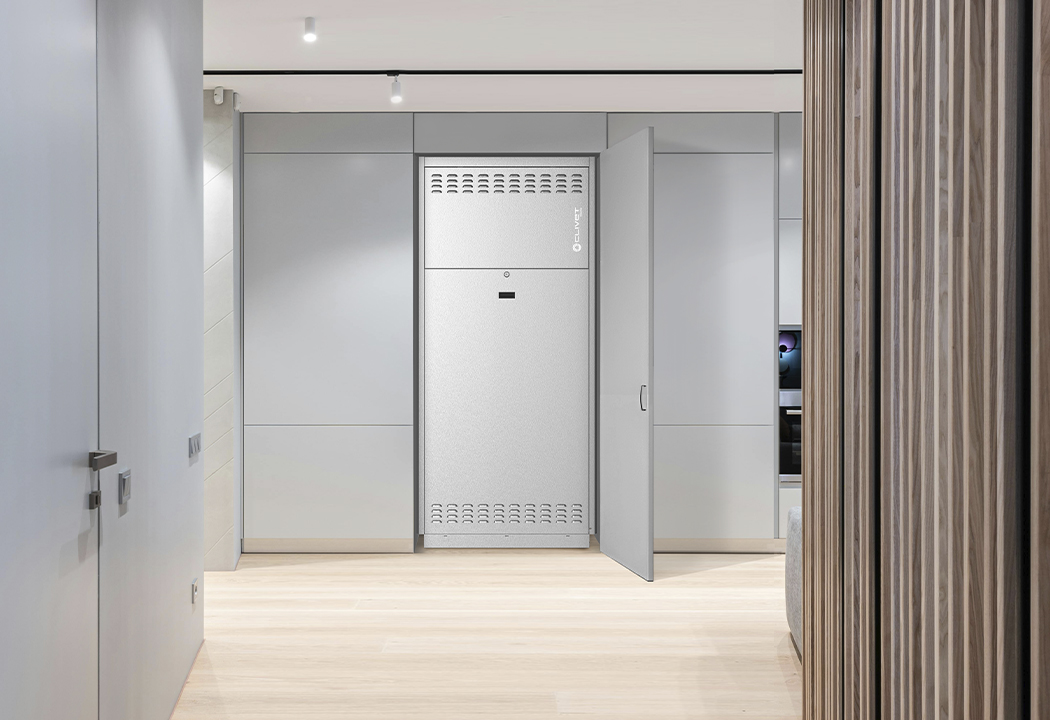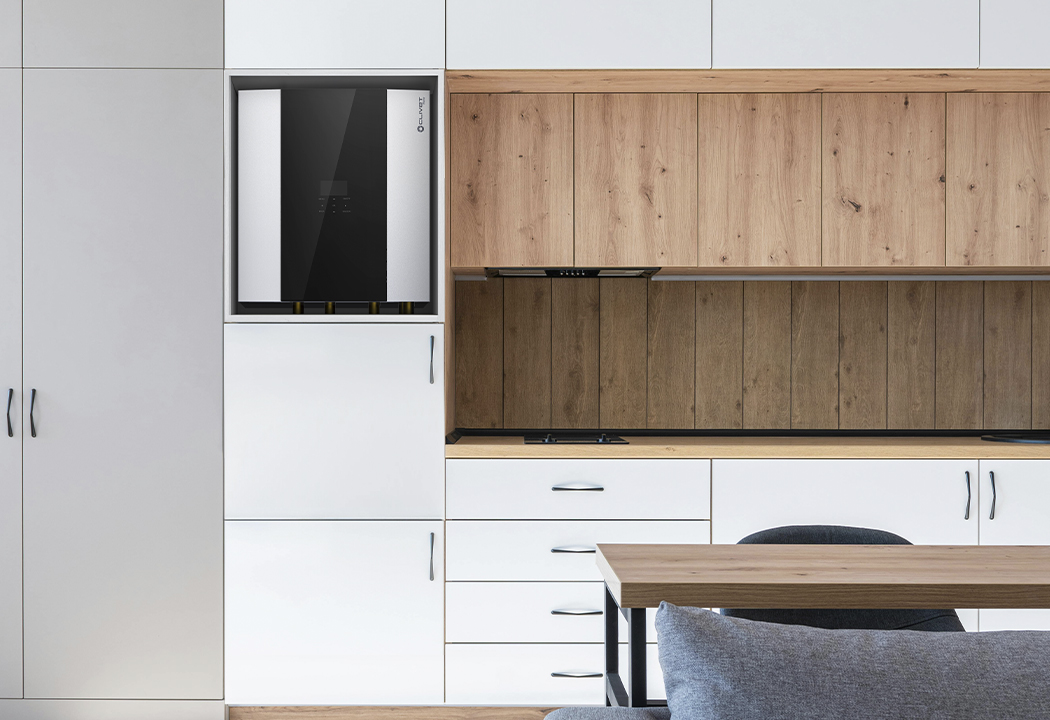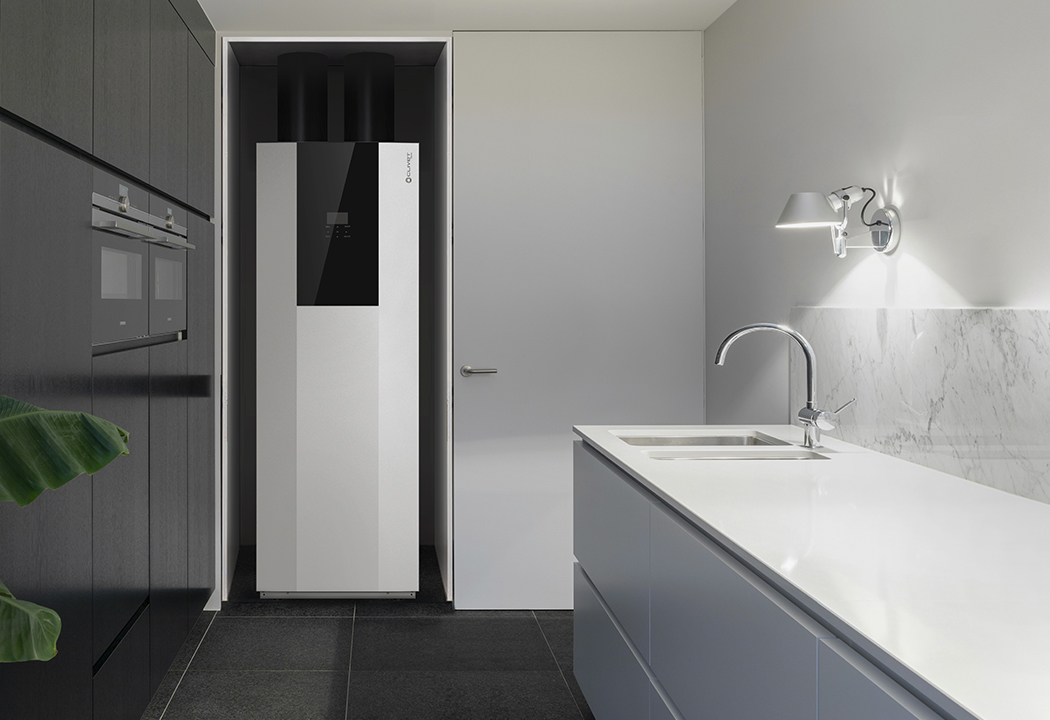Reducing carbon emissions and saving energy are two key objectives when choosing to install an air conditioning system in a new house, or to upgrade an existing system. As we all know, heat pumps are an environmentally friendly solution capable of heating, cooling and even producing domestic hot water in the home, due to their use of clean energy such as that provided by air, water or underground heat.
In previous articles, we gained an insight into the importance of the refrigerant’s role in a heat pump, discovering how regulations have become increasingly stringent in terms of safety, and that in the near future manufacturer’s will be “forced” to use much more eco-friendly refrigerant gases, such as propane.

 United Arab Emirates
United Arab Emirates  +971 (0) 4501 5840
+971 (0) 4501 5840  info@clivet.ae
info@clivet.ae  France
France  Germany
Germany  +49 40 325957-190
+49 40 325957-190  United Kingdom
United Kingdom  India
India  Russia
Russia  South East Europe
South East Europe 








